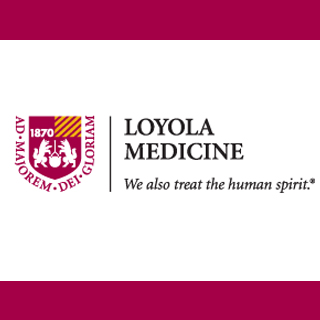
Scientists accounted that CP may not be linked to inflammation of the connective tissue in the umbilical cord. This inflammation appears to be more general in premature births from preterm labor and premature bursting of the amniotic sac as opposed to early deliveries owing to preeclampsia. Premature births from preterm labor and rupturing of the amniotic sac also are alleged to be frequently connected to infections while preeclampsia is not.
“These findings are valuable, as we continue to study the link between premature births and cerebral palsy. While further investigation is needed, managing inflammation may reduce the risk of certain complications in these infants,” commented John Gianopolous, MD, chair, Mary Isabella Caestecker professor and chair, Department of Obstetrics & Gynecology, LUHS,
Apparently, over 500,000 Americans supposedly suffer from CP, and it is claimed to be one of the most general reasons for chronic childhood disability.
LUHS maternal-fetal medicine specialists performed this study. The experts assessed around 222 preterm placentas. The causes of premature births were apparently classified into four groups namely premature rupture of the amniotic sac or preterm labor, preterm preeclampsia, maternal disease related to heart complication and uncomplicated births of multiples.
Out of these patients who supposedly had preterm labor or their amniotic sac burst open early, around 30 percent apparently were with an inflamed umbilical cord as opposed to only 3 percent of patients suffering from preeclampsia.
The study was reported at the 30th Annual Meeting of the Society for Maternal-Fetal Medicine in Chicago. The findings were also published in the most recent issue of the American Journal of Obstetrics & Gynecology.
